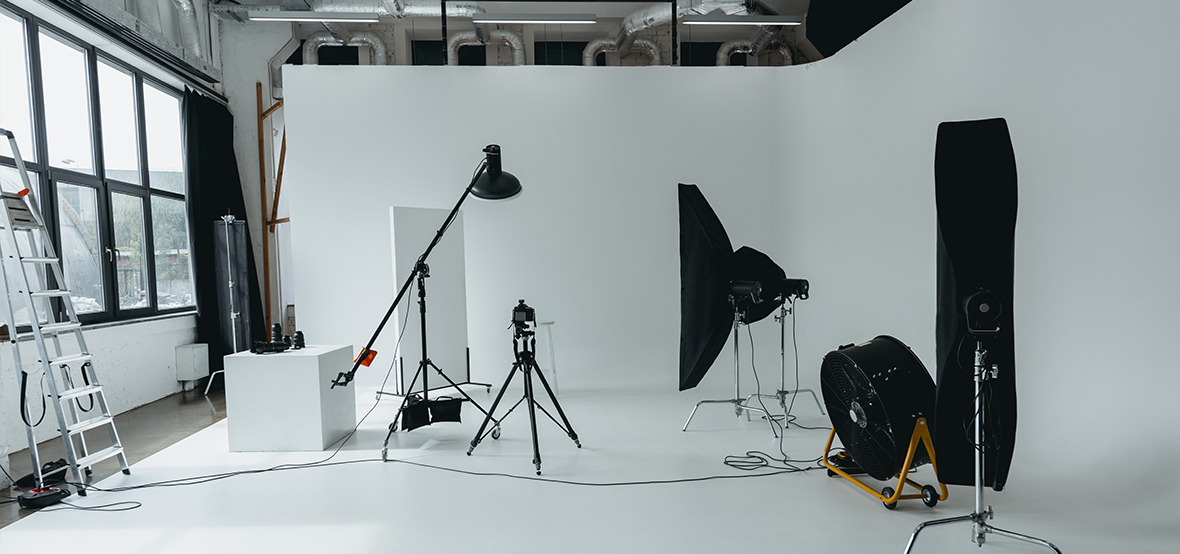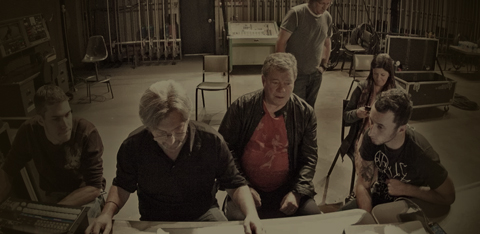Blue, Green or White?

You might recall that famous bike riding scene in the sky in Spielberg’s film, E.T. That scene was shot on a massive blue screen (originally called ‘traveling mattes’) using wires on the actors. Later, editors put an entire landscape and city behind them. At the time, blue was used because it is the furthest color away from red in the color spectrum. Red is found in the color of skin. The first film to use the effect was in the film, The Thief of Bagdad (1940). It won an Oscar for the effect, by the way.
These days, the industry prefers green screens for that purpose, especially in a world of high definition. Green is also a color you won’t find in human skin. Apparently, it works better than blue with digital cameras, which are incredibly sensitive to green. So now, green screen is popular.
Green is not found in the color of most human skin and, in terms of video editing, is better for movement.

So, what about white backgrounds? Will video editors kill the director who made the decision to shoot on white and then decided to alter the background in post? In terms of video production, it is more of a challenge because movement is difficult to light consistently. Given video cameras’ sensitivity to green, it makes chroma key editing much easier.
A new photo-video studio being built by Michael Kryton in Edmonton will feature an infinity white wall. So why white? Practicality. The reality is, white gets more use. Most smaller scale productions can use portable green screens if green is a must and there’s lots to choose from. And if you’re shooting video and want to have a background you can manipulate, green is the better solution, unless the editor is a victim for punishment or, perhaps, is just that good and can make magic happen.
Digital photographers use solid white as well black and gray as alternatives to green or blue screens. With the right lighting to contrast the subject from the background, these colors can work in photo editing. So, photographers have some wiggle room when it comes to deciding on white or green.
Given the right lighting, photographers can make white work.
So, there’s a colorful look at screens — so to speak. If you have any thoughts, let us have the opportunity to screen your opinions.


